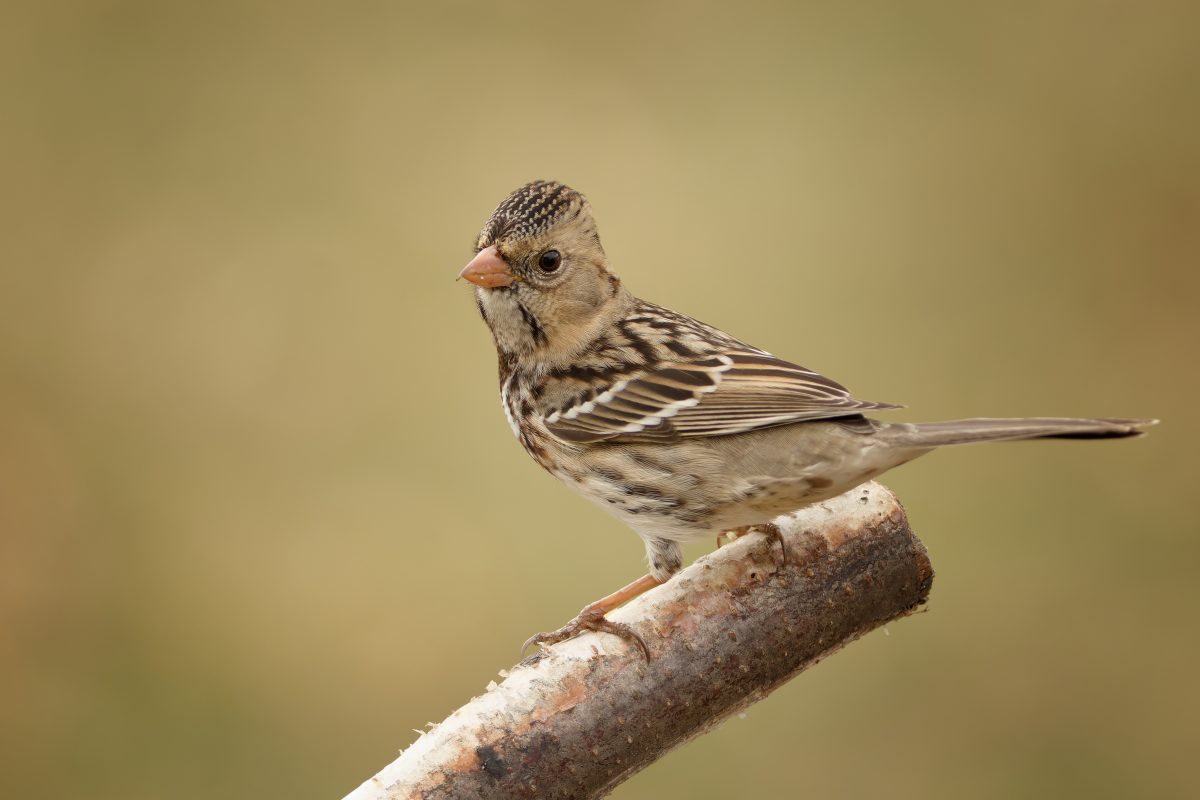Sparrows are one of the most common birds in the world, and whether you know it or not, they’ve probably been around you for most of your life. They can be found anywhere from big cities to the depths of the countryside, and they have a tendency to congregate in groups, so they’re not too difficult to spot.
There’s so much to love about these little birds, and in this article, we’re going to walk you through the most common types of sparrows, where they live, and how to spot them.
What are sparrows?
Sparrows are small, fast, and incredibly agile birds. Sparrows have an average length of 16cm, and their plumage varies between males, females, and juvenile birds.
There are approximately 138 species of sparrows in the world, and an estimated 50 billion individual sparrows living in the wild – that’s almost 7 times larger than the human population! The ABA (American Birding Association) lists 43 species in the United States, and that includes towhee and junco.
They have an average lifespan of 3 years, but some species can live as long as 12 years. Sparrows enjoy a diet consisting largely of plants, seeds, and grains, but they also enjoy berries on occasion.
Types of sparrows
House Sparrow (Passer domesticus)


The house sparrow is a rather noisy, social sparrow that can be found in most parts of the world. As the name suggests, you can spot house sparrows almost anywhere you’ll find houses (or other buildings), but they may even congregate in places where there aren’t any.
Call
The house sparrow has lived alongside humans since the Stone Age, and the males are usually gray and brown, with chestnut wings and white wing bars. Female and juvenile house sparrows are a dull brown color.


Dark-eyed Junco (Junco hyemalis)


This junco is a type of sparrow with fairly uniform gray plumage. There is a great deal of variation in coloring across the country, but all birds have a pale pink bill. Dark-eyed Junco are found in any forested area and are often in flocks. They are common visitors to bird feeders.
Call


Lincoln’s Sparrow (Melospiza lincolnii)


This is a common sparrow found across the North American continent. It has typical sparrow coloring but with dark streaks down the breast and across the back. It is found in the countryside in open land with shrubbery.
Call


Savannah Sparrow (Passerculus sandwichensis)


The Savannah Sparrow is paler and has a proportionately short tail. It can be found across the continent, but with variations in plumage, it may be tricky to identify. Look for the pale breast, and some birds have a yellow mark in front of the eye.
Call


Song Sparrow (Melospiza melodia)


Another common and widespread sparrow, the Song Sparrow has a pale breast with fairly thick barring. It is an adaptable bird and can live and breed in a variety of habitats. It has a beautiful song and is lovely to watch as it sings.
Call


Swamp Sparrow (Melospiza georgiana)


The Swamp Sparrow is widespread in damper environments and so is absent from the far western arid areas. It is a shy bird that is often skulking around in the shrubbery close to streams and marshes. Their plumage reflects the environment with muted tones. Adults may have a rusty cap.
Call


Field Sparrow (Spizella pusilla)


The field sparrow is small and slender and can be found in abundance across the east of the US and eastern Canada. It is known for its pink bill, gray face, and red-brown eye ring.
Call
These sparrows eat grass seeds in winter and switch it up with seeds and insects as the weather warms up. Females usually build their nests on the ground in the spring, but as the grasses and trees begin to grow more foliage, they’ll nest higher up to stay safe from predators.


Chipping Sparrow (Spizella passerina)


The chipping sparrow can be found across North America, and they tend to prefer open spaces such as parks and suburbs, as long as they have plenty of trees.
Call
In the summer months, chipping sparrows have a pale face, a small black line through the eye, and a rusty red cap. In the winter, they have darker streaks and a buff brown coloring. Unlike other species, both the male and female species look incredibly similar.


Spotted Towhee (Pipilo maculatus)


The towhees are larger sparrows with more striking coloring, and the Spotted Towhee is certainly that with rich brown sides and a black back with white spots. It has a piercing red eye.
Call
The Spotted Towhee feeds by foraging on the ground at forest edges and clearings. It is widespread in the center and west of the U.S.


Olive Sparrow (Arremonops rufivirgatus)


This is a rather pale, dull sparrow with gray underparts and oilve wings. A diagnostic feature are the brownand gray stripes on the head.
Call
The Olive Sparrow is actually a Central American bird and is only seen in the far south western parts of Texas.


White-Throated Sparrow (Zonotrichia albicollis)


The white-throated sparrow comes in two forms – white and tan crowned, and they tend to nest in forests in Canada and northeast America. The white-throated sparrow is a common breed, and its appearance makes it easy to identify.
Call
These sparrows have a gray chest, a brown upper body, and a distinctive black and white striped head with a dash of yellow. As the name suggests, they also have a small white patch on their throats.


Where To Spot Sparrows
Sparrows can be found almost anywhere. Whether you’re living in a big city, in the middle of the countryside, or in a small town, you’ll probably hear (and see) sparrows all around!
Some species can be harder to spot than others, but one of the most easily identifiable is the house sparrow. You’ll be able to tell a house sparrow by its black bib, face, and chestnut head.
Its simple song is made up of a series of cheeping notes, but it can easily blend into the background because it’s probably all around you!
Final Thoughts
Sparrows are so common that you may not even notice them. Wherever you are in the world, there’s never a sparrow too far from you, with the house sparrow being one of the most common species to spot. The next time you’re in your yard or strolling through the city, why not see if you can spot one of these adorable, chirpy birds?
Source link

